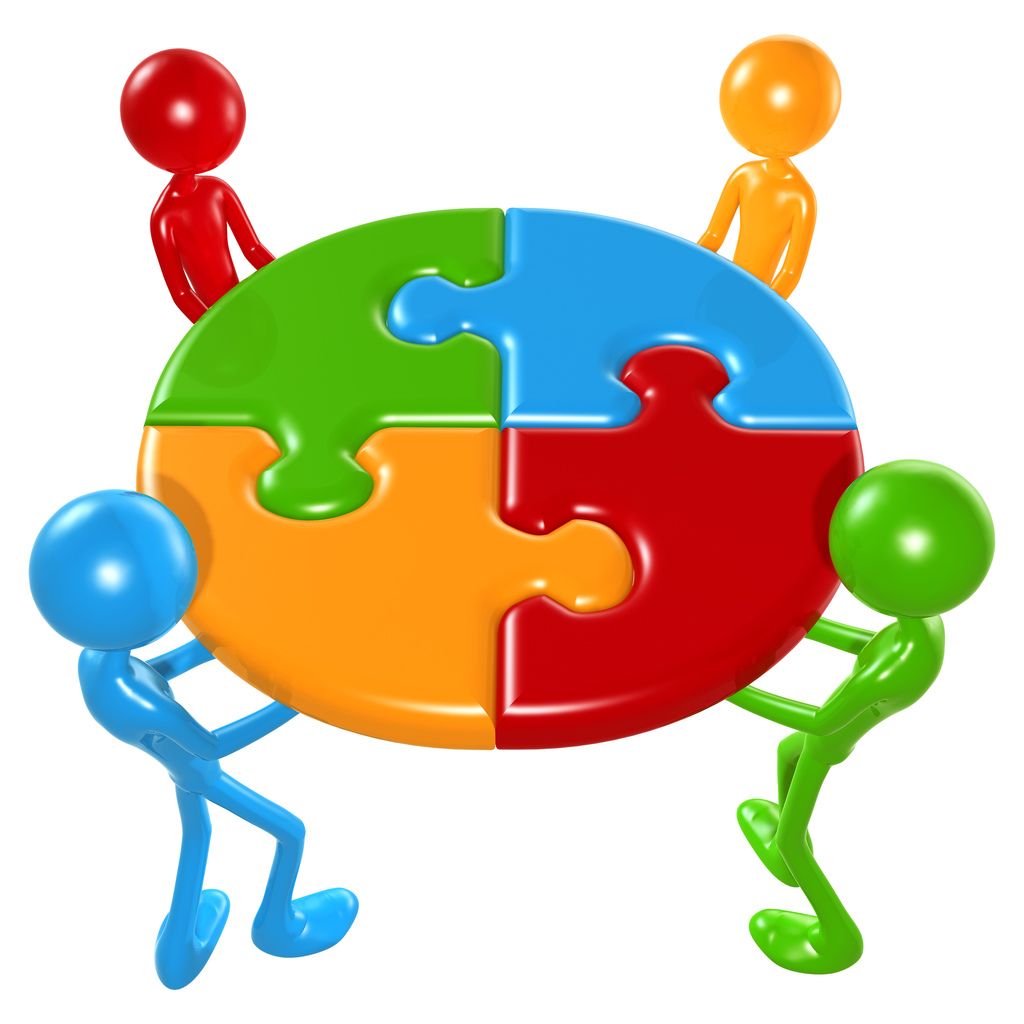The art of management implies the solution of specific tasks using all available resources (human, industrial, temporary). Human resources management is a special type of activity that implements and generalizes a huge array of issues that take into account the personal factor of administration. There are several styles of staff coordination. Among them, one of the most interesting is the democratic management style. It has certain characteristics, pluses, minuses that need to be considered in detail.

Definition
A democratic management style is characterized by the fact that various powers, initiatives and even responsibility are distributed between the leader and his subordinates. Its main component is the manager’s interest in the opinion of employees. In complex production situations, a collegial decision is made. A democratic management style implies that in the course of constant communication and discussion, timely information is provided on all major issues, one way or another relating to the functioning of the company. Awareness of employees (as part of their qualifications) strengthens the sense of ownership and self-worth of all members of the company team without exception.
Features and characteristics of a democratic management style
Particular attention should be paid to the form of communication. It is in the nature of recommendations, requests, rewards. And if necessary, an order is applied. A polite and friendly leader provides a favorable psychological climate in the workplace. This type of manager prefers team play. The leader does not see himself as a puppeteer pulling the strings of power. The main motivation for such actions is that, under favorable conditions, employees themselves strive for responsibility, joining in solving some organizational issues. A space for maneuvers appears in which self-control and self-government can be organized.
Within the framework of a democratic management style, two forms should be distinguished: advisory and participatory.
Each form has its own characteristics and characteristics.

Advisory
As the name implies, this type of democratic management style suggests that the interaction between management and employees is in the form of a free exchange of views, expressed in the form of various consultations, meetings. The manager chooses all the best practices that were formed during such a “brainstorming”.
Participative
There are situations when performers are better than the boss to understand the situation, taking into account all the subtleties and specifics of the process. This gives them the opportunity to be creative in solving various tasks. But their implementation occurs in agreement with the leader and his full responsibility for the final result. This is possible in a team where relations are built on the principle of trust in professional literacy and the competence of specialists.
This type of democratic management style presupposes the nature of interaction according to the principle of coordinating activity of a leader who is ready to trust the opinion of the team. In the functions of the leader, the overall coordination of all chains of the production process is visible.The literal translation of the word "participative" means involvement in any business, as well as in decision-making and the implementation of work processes.

Species Comparison
The history of management has no examples of applying the pure form of any management style. It all depends on the goals set for the organization, and the psychological climate that has developed in the team. When novelty and uniqueness are needed, product quality is best suited to a democratic management style. Authoritarianism and tight control are suitable in terms of the use of simple activities focused on quantity.
In a consultative form of management, the leader, conducting meetings, selects the most suitable proposals, coordinating the actions of the team. Key decisions are made collectively, but control over the quality of execution and meeting deadlines remains with the administration.
The main differences between the advisory and participatory forms are in the degree of involvement of the labor collective in all chains of the production process. With a participatory leadership style, employees not only consult with the boss, but are also involved in setting goals with subsequent monitoring of their implementation within the competence of the employees. It differs from the liberal management style in that the leader takes an active part in the process, while the liberal, evading the solution of the most urgent issues, striving to reduce personal responsibility. There are two reasons for this:
- Management falls under the full influence of its own team.
- All members of the team are independent and creative.
Typically, such processes occur against the background of highly skilled workers.
Pros and cons of a democratic management style push the head to its dosed application. The reason for this will happen a lot of circumstances.

pros
Like any other, a democratic management style is characterized by advantages and disadvantages. The first group includes the following parameters:
- the accuracy of the wording of the company's goals and employee responsibilities;
- the general psychological climate in the team contributes to the formation of corporate and active position of employees;
- involvement in a common cause encourages the formation of friendly relations between the leader and subordinates;
- employees, within their competence, are able to independently make decisions for the professional performance of their duties;
- the leader basically resorts to a persuasive leadership strategy, rather than a coercive one;
- democratic management style in management is the ability to solve rare, exclusive tasks in the least amount of time using non-standard methods.
Minuses
The main disadvantages of using a democratic governance model are the following points:
- discussion and decision-making by the team, as usual, takes a lot of time, which in a situation of stress management of the organization is unacceptable luxury;
- incorrect application of the strategy by the leader, leads to disorganization and lack of discipline of the team;
- in some situations, making the right decision becomes problematic due to the difficulties encountered.

Life examples
Knowledge of the fundamentals and rules of leadership styles is not a guarantee of successful company management, since they require reasonable application in the current situation, taking into account all factors of the internal and external space. In this regard, the thoughtless hope that a democratic management style contributes to the resolution of controversial (mostly critical) situations leads, as a rule, to the apocalypse, and not the apogee.Practice shows that only a skillful, timely change of leadership style to the most suitable for the current situation, allows you to swim out of any "storms" of the business sphere. Examples of successful application of a democratic management style testify to its great potential in the field of innovations and development.
So, during the stagnation of the BMW military campaign, it was not decided to close it due to the cohesion and enthusiasm of the workforce. Employees pledged to release a new car brand (instead of aircraft engines), developing a range of different classes. So the world saw the cars of the famous brand BMW.
According to Philips CEO Albert van Grid, the fundamental principle of his company (personal interest) is possible only with a democratic management style.
As can be seen from the examples, this type of leadership is successfully used in creative and creative fields of activity. However, there are many more examples of mixed style.
Correlation between management style and team productivity
The right strategy for managing the company, taking into account the personal potential of both employees and the manager, allows you to "work wonders" in all areas of business. The main role in choosing a management style is always given to the subjective attitude of the leader to the team, the ability to adequately assess the impact on employees using the selected methods. But even in conditions of complete stability errors are possible, which, as a rule, affect primarily labor productivity. In this regard, it can be emphasized that the issue of choosing a management style for the leader is a task that requires a primary solution.

Typical mistakes of the head
There are times when, for example, a democratic management style is desirable, moreover, it is the only development strategy for the team, and the enterprise as a whole, but the personal characteristics of the person in charge do not fit into the specified framework. In this case, there are annoying errors that stop the business and badly affect the reputation:
- adherence to the principle “if you want to do well - do it yourself” is the first mistake of managers at various levels;
- in contrast to the first, the principle “no matter what is done is all for the better” also leads to the collapse of the management system;
- prejudice for personal hostility - that a reasonable leader will never allow himself, because an employee is needed in order to help the company grow with the help of its potential;
- “Mental traps” of management can rightfully be considered the most annoying mistake;
- painful perception of dissent, missing its potential and profit;
- partial or selective ignoring of employees' offers;
- disrespect for the employee’s personality, manifested in public censure of his opinion;
- The illogism of the manager’s actions always works in the direction of decline rather than development.
Collegiality is the basis for the successful development and functioning of companies.

Conclusion
It is worth remembering that leadership style is not a fixed list of methods and characteristics of a leader. In order for the organization to develop and function successfully, the manager must, taking into account the external and internal situation, apply the methods of solving problems that are most effective and productive in the current situation.
